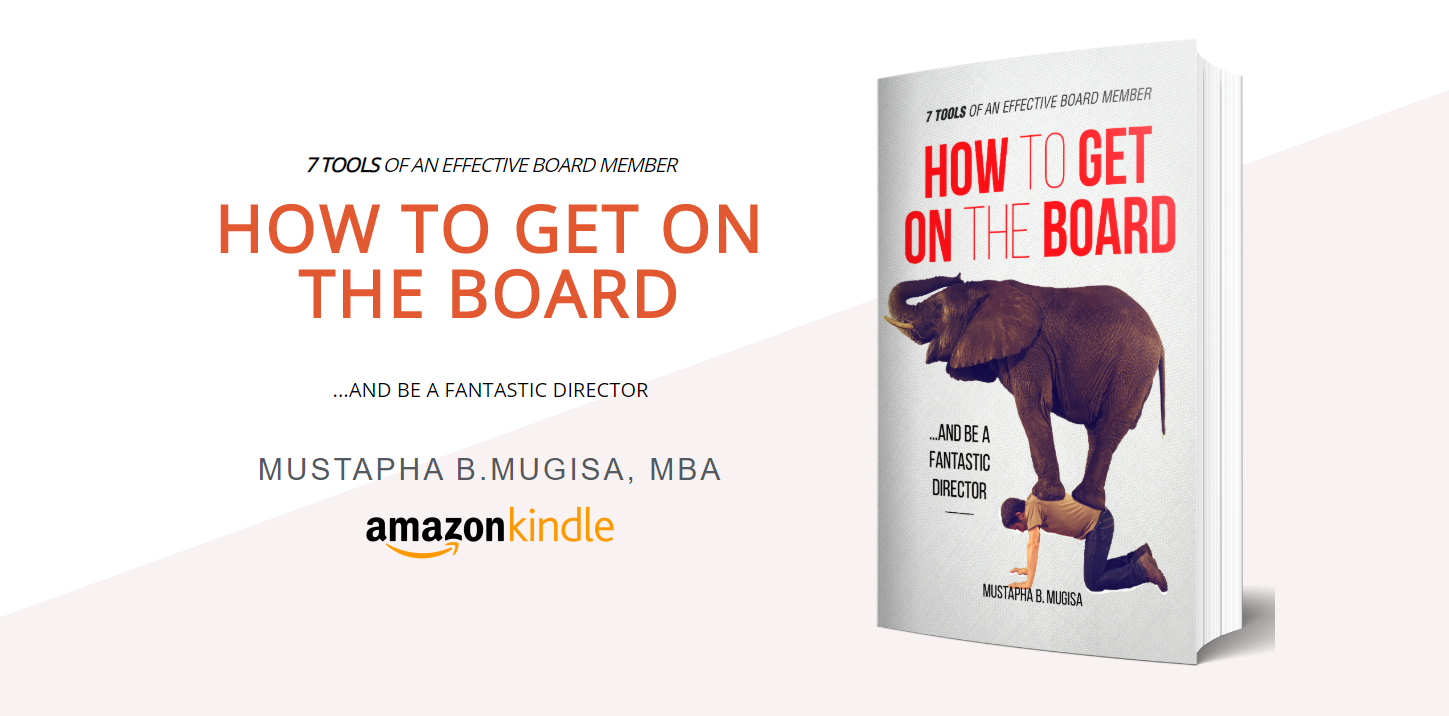The board’s primary mandate is to provide strategic guidance that includes strategic direction and strategic oversight. Strategic direction roles focus on identifying the strategic bullseye – the ambition or vision or aspiration of the organization. Set a vision, mission, enterprise scorecard and a strategy to achieve them.
Thereafter, monitor for effective execution.
Now Available on Amazon: 7 tools of an effective board member
Strategic oversight role focus on risk management and compliance for effective monitoring and control. Every organization must comply with the following:
- Laws and regulations – these are stated, and or national laws that are enacted by the parliament. Regulations help interpret laws for effective implementation. These are mandatory and prevail any other internal policy in place, in case of a conflict. The board must be aware of the laws and regulations that are applicable to the business and provide adequate oversight for total compliance. Failure to comply is usually an expensive undertaking as it could lead to business collapse. For that reason, every board has a legal advisor to help proactively manage legal risks, and where they arise, deal with them instantly by advising the board of the potential implications and the appropriate course of action in the circumstances.
- Policies and procedures or standard operating procedures (SOPs) and instruction circulars – internal documents which are set by management and approved by the board
- International standards (ISOs) – considering the kind of business, which specific ISO standards must you consider for accreditation? You may not need all the standards. But the few critical ones. Which ones?
- Leading practices like benchmarked ideas – which company is a peer but a leader in your industry with practices that are worth emulating. Many companies admire Google’s flexible work culture that is reported to spur innovation. As these practices that could be studied and replicated?
A strategy is a plan of action designed to achieve one or more overarching long-term organizational goals and aims. For the board, you need to focus more on the process and not the outcome. It is important to note that plans are nothing. Planning is everything. So, having a strategic plan is not the end of the story. The real work is in the implementation. The board must understand the planning process so that you don’t stop at the planning process.

To learn more about what makes an effective board member, visit mustaphabm3.sg-host.com and buy the book, “7 Tools of An Effective Board Member.”









